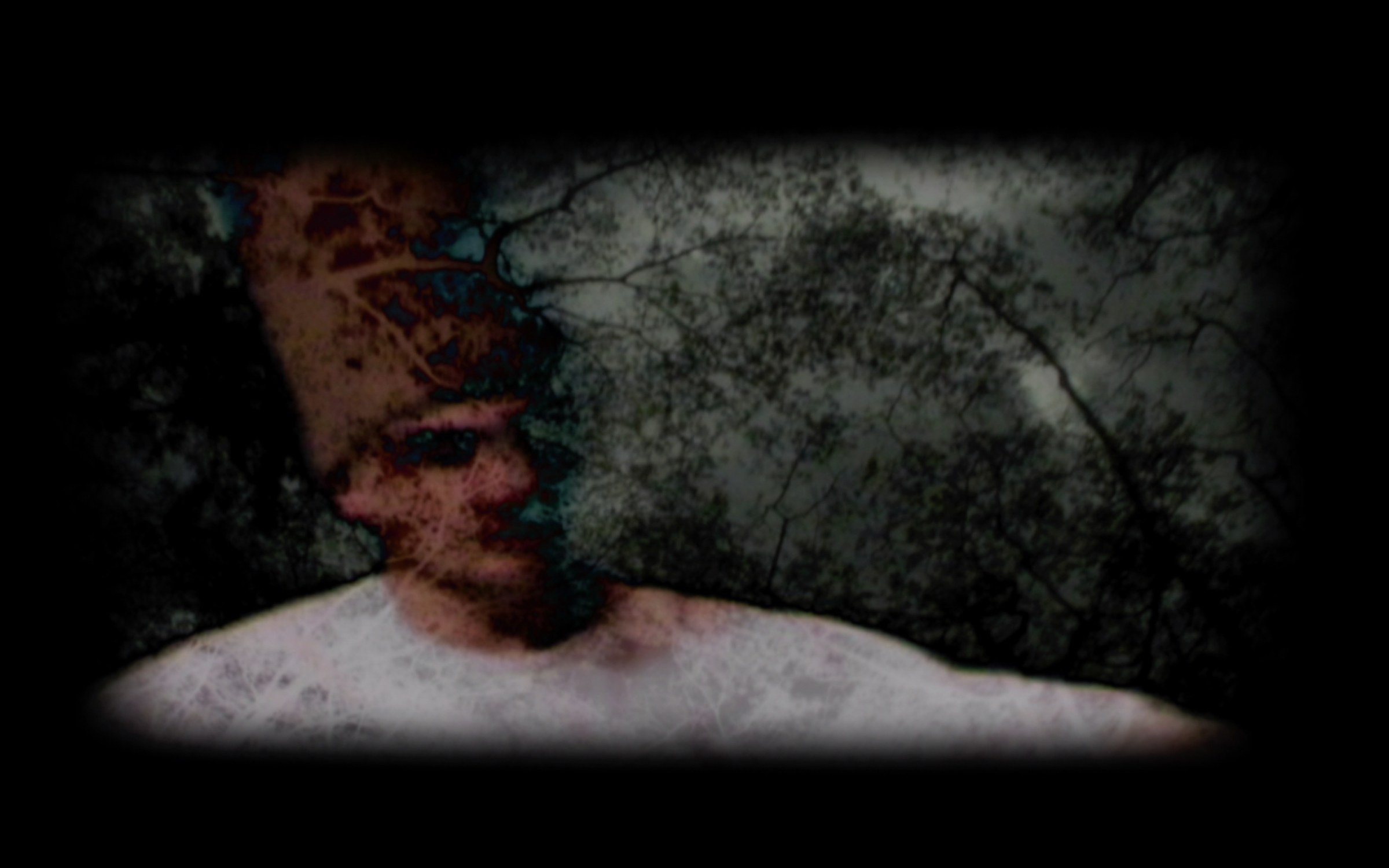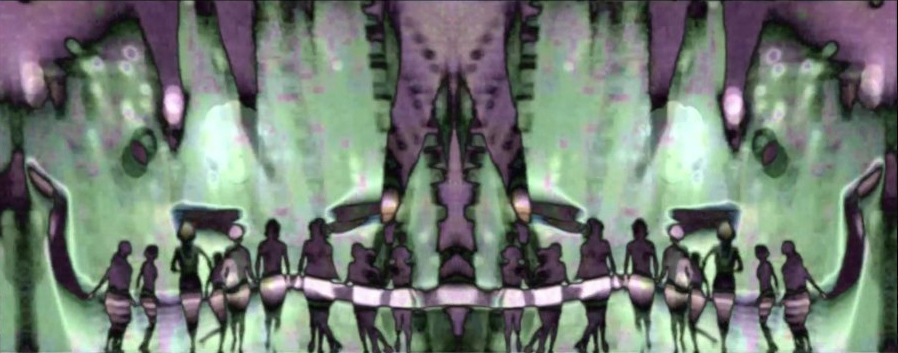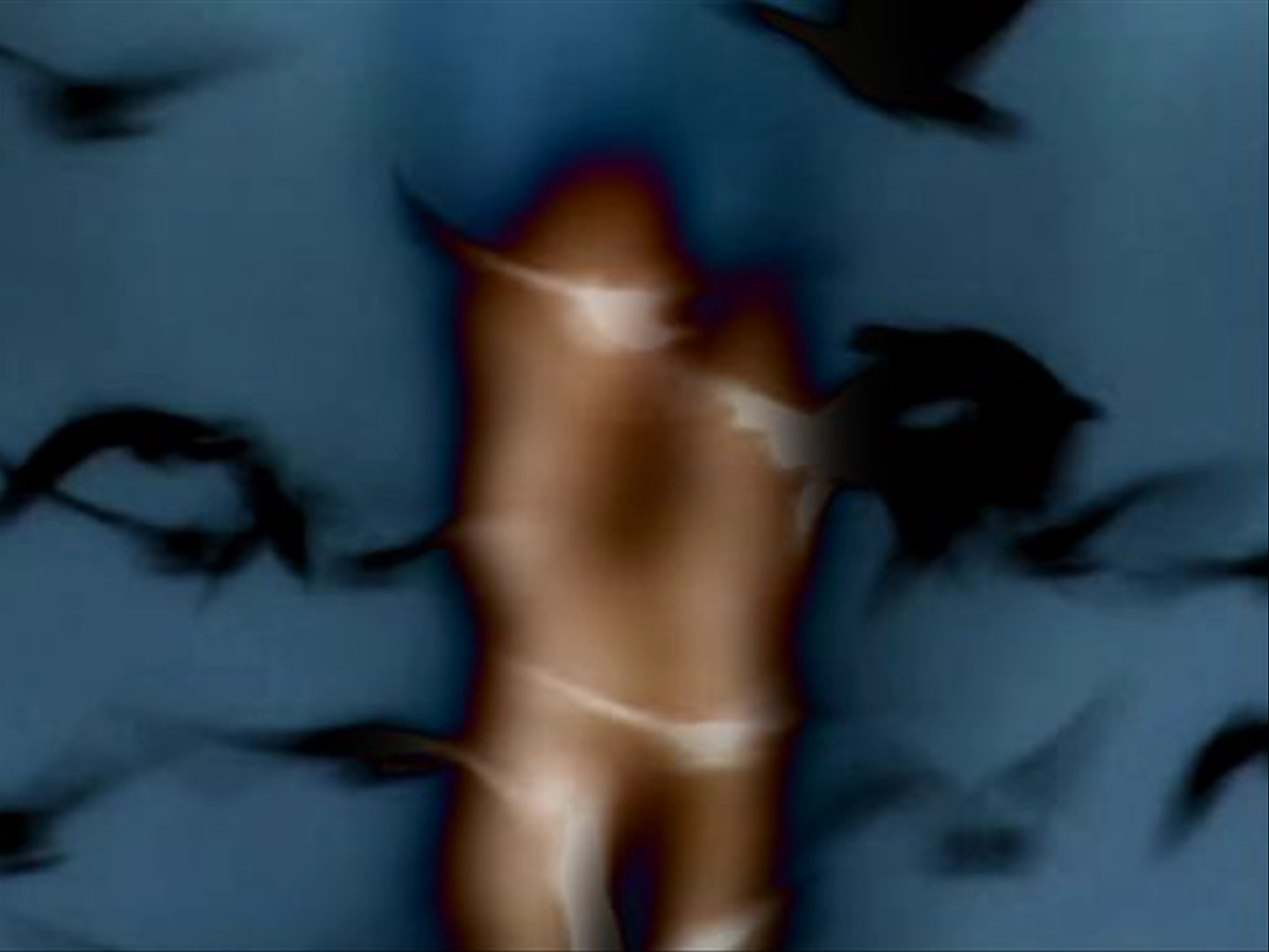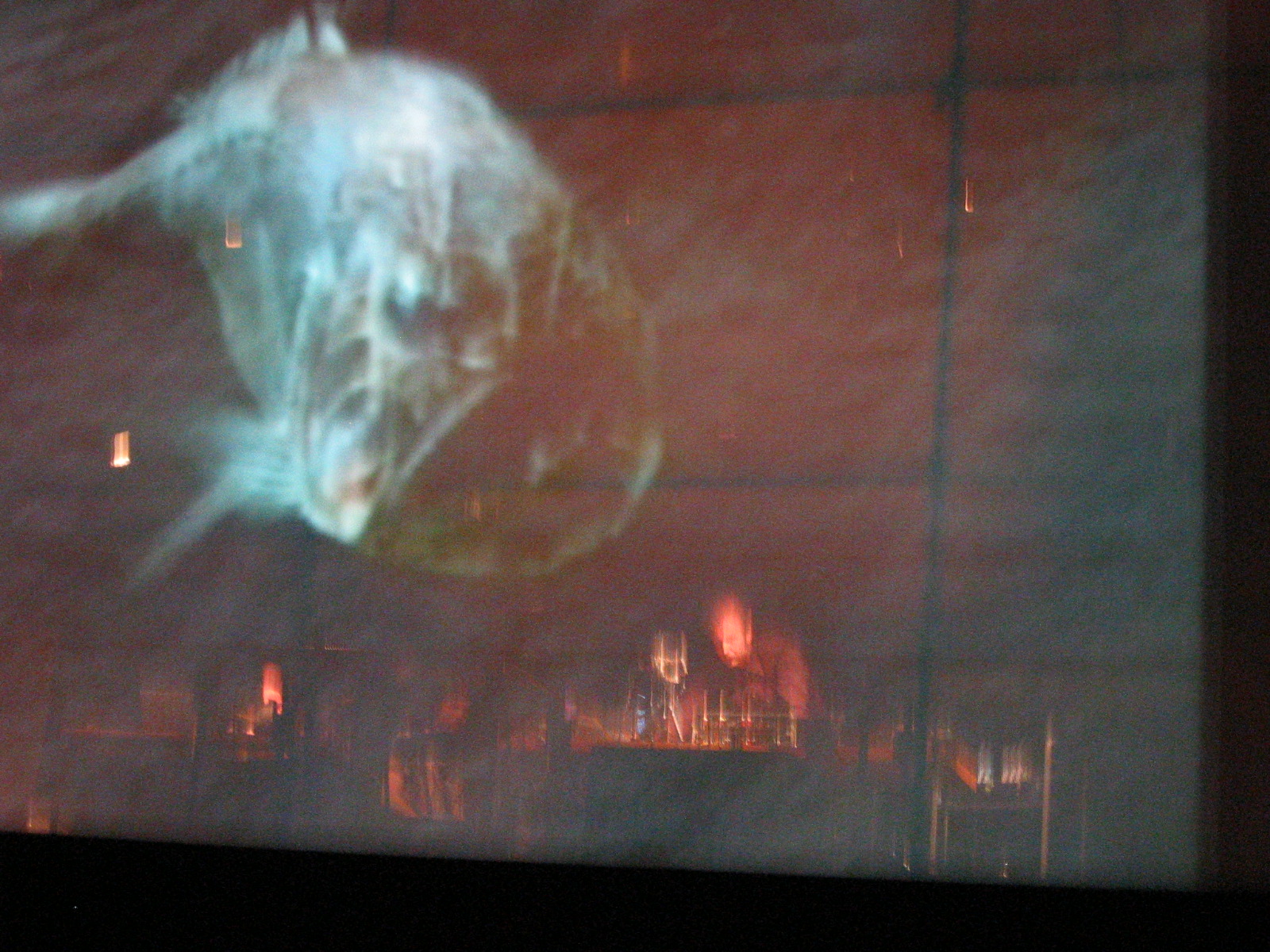What is Image Mixing?
Mettler performing live image mixing inside a mountain cave near St. Gallen, Switzerland.
Since the completion of Gambling, Gods and LSD, Peter Mettler has been using material from his films alongside a virtually unlimited range of found footage sources to create audiovisual mixes through live improvisation. For more than a decade, Mettler has been involved in developing an innovative performance software called Mixxa with Greg Hermanovic, creator of TouchDesigner. This platform enables a multitude of manipulations upon four channels of moving image and sound. From this, Mettler produces compositions that free images from their original contexts through extended methods of improvised collage.
Often accompanied by a live musician or DJ, Mettler develops a responsive audiovisual dialogue, creating a one-of-a-kind live cinema (and sometimes dance) experience. A new form emerges for image/sound composition, one that exists in spontaneous improvised gesture akin to jazz composition, creating a unique, one-time only event. The act of filmmaking is brought closer to the processes of live theatre or music, where the conditions of the moment can greatly influence and shape presentation.
Mettler’s performances have taken place at cinemas, festivals, dancefloors, natural landscapes, and other non-traditional venues worldwide. His collaborators encompass a wide range of vocalists, dancers, and musicians, including Fred Frith, Martin Schuetz, Evergreen Gamelan Ensemble, Murcof, Monolake, Sven Vath, Marc Weiser, Biosphere, Franz Treichler, Jeremy Narby, Sebastian Mullaert, Paul Frehner, the Toronto Symphony Orchestra, and John Oswald.
Mettler’s novel image mixing practice has also found its way back into his filmmaking, with sequences in The End of Time and Becoming Animal both utilizing Mixxa to develop novel cinematic forms that express transcendent and contemplative states.
“I have been making films for thirty years, and my work has always prompted the viewer to respond associatively. I like to mix like an alchemist, juxtaposing elements that you wouldn't expect to find together.
“My mixes are made by engaging in a process of responding to situations and people. Some decisions might come from a theoretical part of my memory, others from direct experiences or aesthetic biases, but most are simply reactions without a lot of time to consider. And many things just happen as a matter of course – by chance. That's what I like about it – its all happening too fast for the rational part of the brain to completely deal with.
“After recording and reviewing these live performances, I can start to see the embedded narratives and surprising juxtapositions. There is a logic within, that is much different than what the rational structuring mind would have come up with. I find that exercising associative perception can give you a finer appreciation of the relationships between things. It re-contextualizes and provides new perspectives.
“Take anything out of its familiar framework and put it against something else, and you've freed it of its locked-in meaning, and freed yourself of your normal response. You break it open. When I perform for an audience that's watching rather than dancing, I get a lot of feedback, and the range of what people say is much more unpredictable than when I show a film. It's radically subjective. Some people say, ‘I saw this,’ had this experience, or read it this way, and tell me that it's great that I put that together. And I tell them, I didn't put that together – you put that together. I find that really exciting.” – Peter Mettler
Read an interview on image mixing with Peter and Greg Hermanovic here.




















